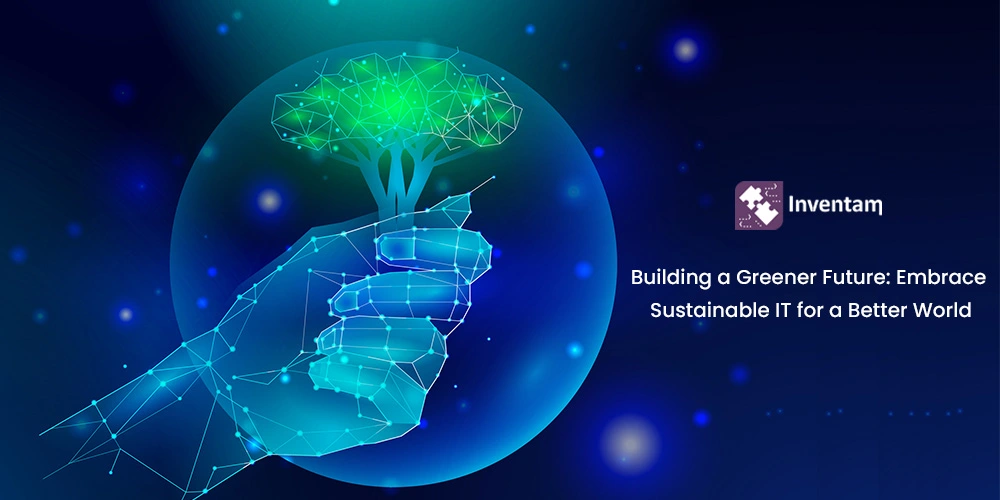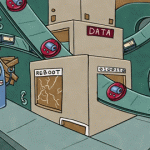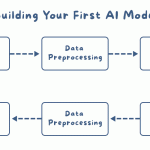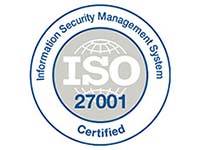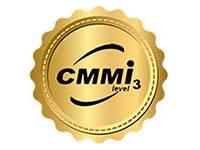Introduction
In an era marked by growing environmental concerns and climate change, the responsibility for sustainability extends beyond traditional industries. The IT sector, too, must play a vital role in reducing its environmental impact and embracing eco-friendly practices. As a business manager of Inventam Tech Solution (opc) Pvt. Ltd., we recognize the importance of adopting sustainable IT practices to create a greener future for our planet.
Understanding Sustainable IT
Sustainable IT, also known as Green IT or Eco-friendly IT, refers to the implementation of environmentally conscious strategies and technologies to reduce the negative ecological effects associated with information technology. This concept encompasses various aspects, such as energy consumption, electronic waste management, and responsible sourcing of materials.
Benefits of Sustainable IT
Carbon Footprint Reduction: One of the primary advantages of Sustainable IT is a significant reduction in the carbon footprint. By employing energy-efficient hardware, optimizing data centers, and adopting renewable energy sources, companies can substantially cut their greenhouse gas emissions.
Cost Savings: Sustainable IT practices can lead to substantial cost savings over time. Energy-efficient equipment and data centers consume less power, resulting in lower utility bills for the company. Additionally, adopting a circular economy approach towards electronics can reduce the expenses of constantly purchasing new devices.
Enhanced Reputation and Brand Image: Consumers are increasingly valuing eco-friendly practices when choosing products or services. By promoting Sustainable IT initiatives, businesses can enhance their reputation, attract environmentally conscious customers, and differentiate themselves in the market.
Compliance and Regulation: Many countries and regions are implementing regulations to enforce sustainable practices in businesses. Embracing Sustainable IT early on can help companies stay ahead of compliance requirements and avoid potential fines or penalties.
Actionable Steps for Sustainable IT Implementation
Energy Efficiency Measures: Conduct an energy audit to identify areas of energy waste and inefficiency. Replace outdated hardware with energy-efficient devices and implement power management strategies to reduce idle power consumption.
Virtualization and Cloud Services: Embrace virtualization technologies and cloud services to consolidate hardware, optimize server usage, and reduce the overall energy consumption of data centers.
Renewable Energy Adoption: Whenever possible, transition to renewable energy sources, such as solar or wind power, to power data centers and offices. Partnering with green energy providers can make this transition more accessible.
E-waste Management: Implement responsible e-waste management practices by recycling and refurbishing old electronic devices. Collaborate with certified e-waste recyclers to ensure that electronic waste is disposed of responsibly.
Sustainable Procurement: Prioritize suppliers that adhere to sustainable practices, use eco-friendly materials, and participate in recycling and refurbishing programs.
Employee Awareness and Training: Educate employees about the importance of Sustainable IT and encourage them to participate in eco-friendly initiatives, such as paperless offices and energy conservation efforts.
Conclusion
Sustainable IT is not only an ethical obligation but also a smart business strategy. By reducing environmental impact, IT companies can improve their bottom line, attract environmentally conscious customers, and contribute to a greener future for generations to come. As a business manager of an IT company, we recognize the importance of embracing Sustainable IT, and we are committed to leading the charge in building a more sustainable and eco-friendly IT industry. Let us join hands in this endeavor and make a positive impact on the planet while driving innovation and growth in the IT sector.

